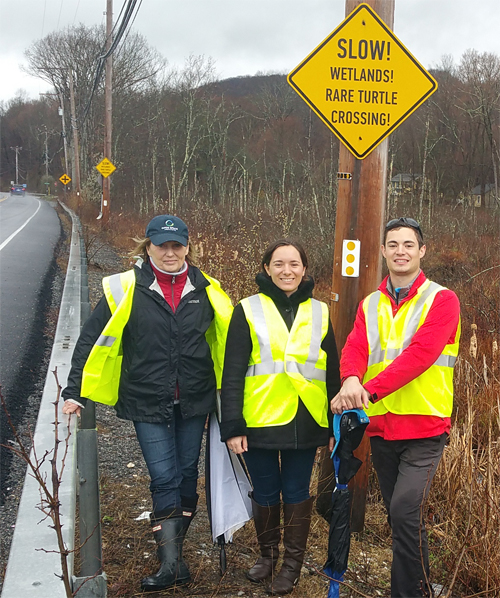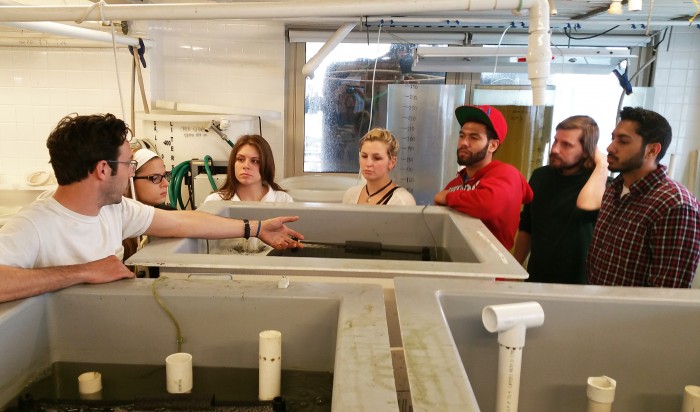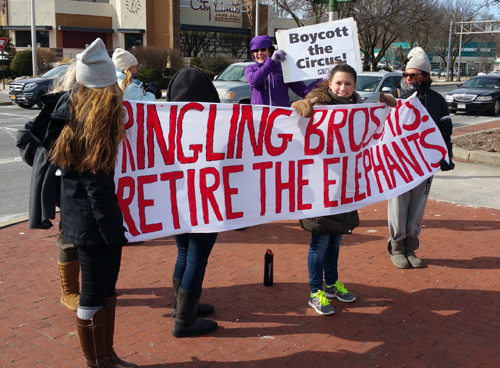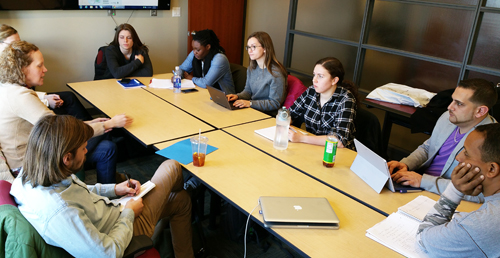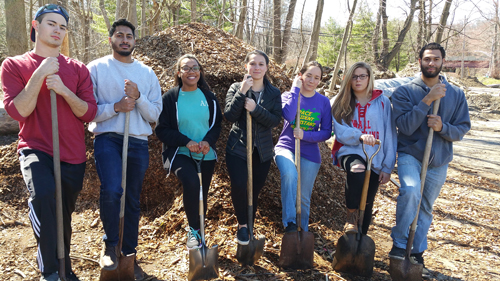Editor’s Note: A recurring theme here at EarthDesk, especially during this holiday season, is our duty to the other members of our specie. Caroline Craig offers her unique perspective — as a former environmental studies student, as research assistant for Pace Academy for Applied Environmental Studies, and as a volunteer Emergency Medical Technician with the Emergency Rescue of her local Lake Carmel Fire Department. We asked Caroline about the connection between her work at Pace Academy and her training as an EMT:
At Pace Academy, we also see it as our duty to serve people. We are committed to training students and the public in what they can do, not just say — training them in how they can serve. Last April, in our Mock Senate Committee Hearing on the Clean Water Act, we handed undergraduates a real-world problem, challenged them to solve it as a professional practitioner might, and then defend their policy proposals before a panel of esteemed academics and policy makers. These students, so humbled by the complexity of the task, left with a new found confidence, and new found skills to affect change. It was an inspiring experience for them and, as important, for us.
Caroline’s essay follows. More on Caroline at the conclusion of her post. — John Cronin
A commitment to the environment includes a duty to educate. Obvious, right? Not always, as it turns out. I was reminded of this simple truth in a dramatic way during a recent EMT training class.
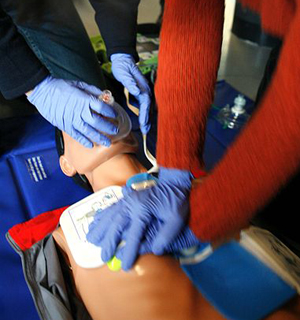
By Rama. [CC-BY-SA-2.0-fr], via Wikimedia Commons
A heavy majority of students raised a hand.
“Great. Now who has taught CPR to someone else?”
The small class slowly brought their hands back down.
“C’mon,” she tried. “No one here has taught their mothers, their brothers, their friends?”
We stared back blankly.
It is one thing to know when CPR might be helpful. It is another thing entirely to know how to do it. Even as supposed emergency responders dedicated to the well-being of our fellow humans, none of us had taught our crucial life-saving technique to a single other person. What value did I add if I only passed such skills back and forth with like-minded people?
I got to wondering about this gap between education and practical skills in another big part of my life: environmental issues. Do environmental studies not deserve the same professional skill training as areas like engineering, economics, and biology? Indeed, many brands of environmentalism base themselves upon the need for fundamental change in society.
As a proponent of environmental education I ask: If I do not give people the skills to apply their learning, what have I really given them?
This is a role for the university. The ability to apply one’s learning is what makes students into citizens and citizens into advocates. It is the difference between, “Well, there is nothing we can do,” and “I’m on it.”
Recalling my own education at Pace University, classes ranging from Ethics to Science provided me with an excellent philosophical foundation for why I should protect the environment. However, it was not until one of those classes forced me to stand outside the university doors with a clipboard and a survey that I understood how difficult it is to get people involved.
It was not until I attended a community board meeting that I began to understand the process, and the true importance, of public participation. I had put little thought into the costs of the many ideas (“free speech” bulletin boards, more vegetarian options, a student-run green roof) I sent to the school’s administration until one day they finally said, “We’ll consider it. Draft a proposal for us.” Imagine my terror! Thankfully, we do not all have to be so unprepared.
A commitment to the environment includes a responsibility to educate — not only sharing what we know but sharing what we do and how we foster change. When we turn to those outside of our usual circles, we stand a better chance of learning a thing or two about communication and how others understand the environmental issues we take for granted.
Environmentalists are emergency responders themselves, requiring the same level of compassion and preparedness, and commitment to our fellow humans. As with CPR, the positive impacts multiply when we share our knowledge and skills with others.
More on Emergency Medical Service training in New York State here.
For more on CPR, visit the American Heart Association.
For more on environmental education, visit your students, your family, your neighbors.
«« »»
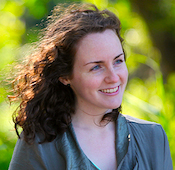 After graduating summa cum laude from Pace University’s Environmental Studies program with a minor in Political Science, Caroline Craig joined Pace Academy as a Research Assistant in June 2012.
After graduating summa cum laude from Pace University’s Environmental Studies program with a minor in Political Science, Caroline Craig joined Pace Academy as a Research Assistant in June 2012.
While a student at Pace University, Caroline was selected for the Jeanette K. Watson Fellowship, a competitive 3-year program that provides internships, mentoring, and enriched educational opportunities to promising New York City undergraduates. In Caroline’s first year in the Fellowship, she served as a Teaching Fellow in the Education Department of the Wildlife Conservation Society’s Bronx Zoo. After that, she interned at the Public Affairs Office of the NYC Department of Parks and Recreation, where she wrote regular press releases and speeches for the Parks Commissioner. As her final internship in the program, Caroline traveled to Guatemala to work with Semilla Nueva, a non-profit organization specializing in community organizing and sustainable agriculture in the country’s poor rural areas. As the Community Development and Relations Intern, she interviewed indigenous farmers and mapped out communication strategies between the young NGO and its American donors.
More on Caroline here.




